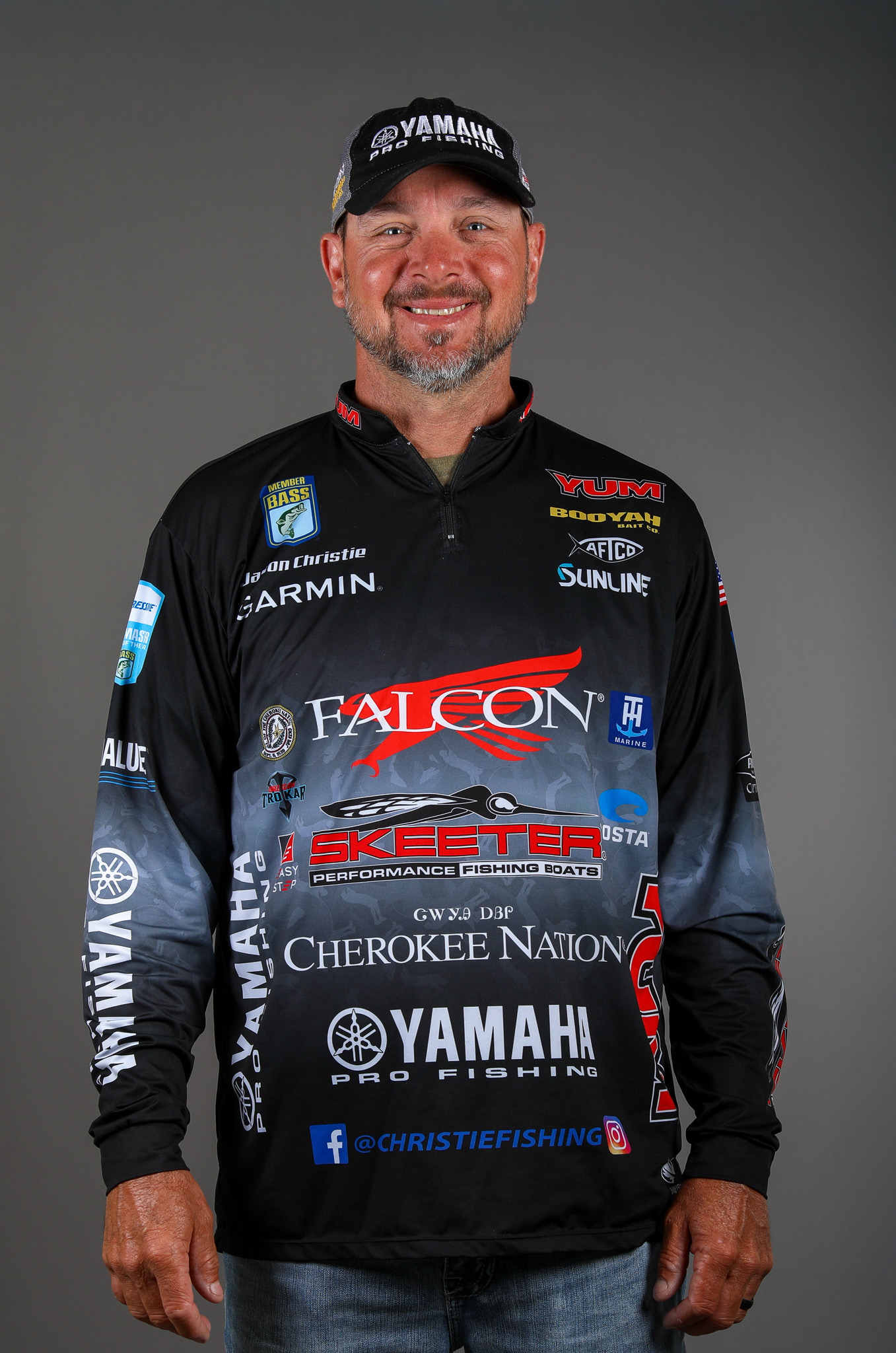
Probably my biggest project for the off-season is rigging my new boat. It’s definitely a labor of love, but it’s also something I look forward to.
I enjoy doing much of the rigging work myself because, over the years, I’ve learned certain ways of doing things that save me a lot of time throughout the season. For example, I had a Garmin technician helping me install my electronics and we zip-tied and labeled everything.
We don’t anticipate any problems, but if we do have one, it’s an easy fix. If something malfunctions, we won’t be searching for a wire. We’ve made a job 10 minutes rather than an hour. This type of thing saves time and money, and in our business, time is money.
In most cases, a piece of white tape with identifying information works, but I’ve also established a pattern for using zip ties as labels. I use one zip tie to identify a power cord, or two zip ties to label NEMA.
Neatness and order are very important to me. If you looked under the front of my boat, you’d see every wire zip-tied and tucked away neatly.
Details like this prevent a lot of headaches down the road. For example, if I’m in a tournament with rough water, my stuff’s not getting beaten around. It’s secured in an orderly manner.
If I went hard and heavy, I could finish all my rigging in three days, but I’m doing morning and evening hunts, so I work around that schedule. It’s nice because I have plenty of time in the off-season, so I can do this at my leisure. I may work on it two days and then leave it for two weeks while I’m taking care of other things.
Overall, I approach my boat rigging in stages. I start with the electronics because that’s a lot of wiring. I’ll do the Power-Poles next. That’s a simple job that I can do in two to three hours.
After that, I’ll address all the little accessories like the trolling motor handle. Everything has its job, and I’ve found that approaching this with an orderly plan helps keep me on track.
Another thing that’s important is preparation and organization. I don’t start rigging until I have everything here. I don’t want to start doing something and then realize I’m missing something.
Boat rigging can be enjoyable work, but it’s still work. I have to be in the mood to do this, but when I am, I may spend several hours at it. I can only do that if I have everything within easy reach, so I’ll make sure I have all the tools, tape, parts and zip ties I need.
If you look at the way I do things, you’ll see that I like things clean, simple and secure. If I put a screw or a bolt in something, I’ll double-nut it so I don’t have to worry about it backing out during a rough water event. I go through the whole boat and make sure everything is really tight and ready to go for a new season.
For the most part, I like to handle my boat rigging alone. Occasionally I’ll have buddies come by to visit, but most of the time, I just work alone and listen to hunting or fishing shows playing through DVR.
The only exception is that period when the Garmin technician installs my electronics. He knows a lot more about this than I do, but I watch closely and help with parts of the installation because I want to learn how it’s done, and I want to understand every aspect of my boat rigging.
Once I get everything installed, secured and double-checked, the guy from LEDHead Lighting comes in and installs the extra lights for late-night rigging. After that I’ll take my truck and boat to get custom wheels and accessories and then we’ll finish with getting both wrapped.
Now, if rigging your own boat sounds like something you’d like to do, let me offer some insight that I’ve gained from practical experience. First of all, it’s important to remember that everyone has different preferences. So, the way I rig my boat might be a little different in some ways from how another person might rig theirs. As long as it works for your individual style, just go over all the wiring and all the connections to make sure everything is secure.
My best advice is to just learn your boat. Understand where everything is located, how it needs to be wired and what options you have.
This is definitely a learn-by-doing activity, and I know I’ve gotten better at it over time by evaluating how one year’s rigging decisions worked out and then adjusting anything that I thought I could do better.
If I had to point out one critical step, I’d say that was organization. Make yourself a plan for all the items you need, schedule out the order of how you’ll rig the boat and then just pay close attention to every detail.
You’ll spend a lot of time in your boat, so you’ll want it to be as comfortable and efficient as you can make it.

